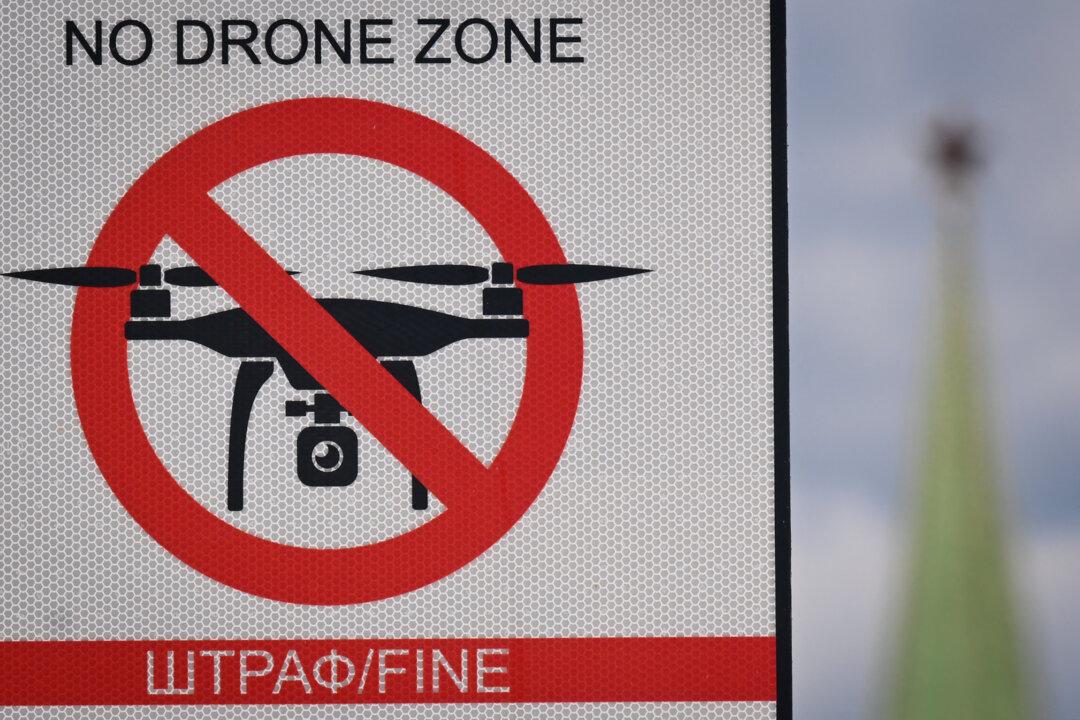NAMCHE BAZAR, Nepal—There are a lot of ways to die on the Nangpa La. For one, the altitude can kill you.
This is what Tibetan refugees face as they flee China’s oppression: At more than 19,000 feet (roughly the same height as Mount Kilimanjaro in Africa) this mountain pass, which bridges the Himalayas between Nepal and Tibet, is high enough to cause cerebral and pulmonary edema, when the brain or lungs fill with fluid because of oxygen deficiency.
Both types of edema are quite sudden and deadly physiological reactions to the sparseness of oxygen at high altitude. The only cure—and chance for survival—is to descend to lower elevations and thicker air, quickly.
Headaches, breathlessness, and nausea are common at this altitude. But when one is alone in the remote Himalayas, far removed from the possibility of evacuation (or if you are a Tibetan refugee covertly fleeing across the Nangpa La), every symptom spurs the fear that it could be the beginning stages of a fatal reaction to the thin air.
And if so, your fate is in your own hands. There is no one to help you here. The line between survival and death is a thin one in this place.
(Click on the icon at upper left to see key landmarks. Kelsey Lucas/Visualsey)
The vertigo-inducing terrain is also dangerous. The trail cuts across rumbling glaciers, lacerated with deep crevasses hidden beneath thin sheets of snow. On the approach marches on either side of the pass, the Himalayan landscape is steep, covered in loose stones and crumbling rocks prone to landslides. The sides of the trail are littered with the bones of unfortunate yaks that have fallen to their deaths.
Add to this the ever-present risk that a storm could blow through the Himalayas, sending the temperature double digits below zero (in both Fahrenheit and Celsius).
Fingers and toes go first, succumbing to frostbite. Then, if you aren’t wearing the right cold-weather clothes, you slowly die from hypothermia. It’s supposed to be a peaceful death, though. Bodies of mountaineers on peaks such as nearby Mount Everest are sometimes found half-clothed, evidence of the sensation of overwhelming heat one feels in the final throes of freezing to death.
Pasang Nuru Sherpa, a 64-year-old Tibetan refugee, was caught in such a storm while crossing the Nangpa La in January 1975. He was 23, and the snow was up to his chest, trapping him above 19,000 feet in temperatures 30 degrees below zero Celsius.
Nuru was a nomadic trader from the Tibetan town of Tingri. By 1975 he already had crossed the Nangpa La, an ancient trade route dating back to the days of the Silk Road, several times to deliver meat and yak wool blankets to the Sherpa village of Namche Bazar in Nepal’s Khumbu region, home to Mount Everest.






